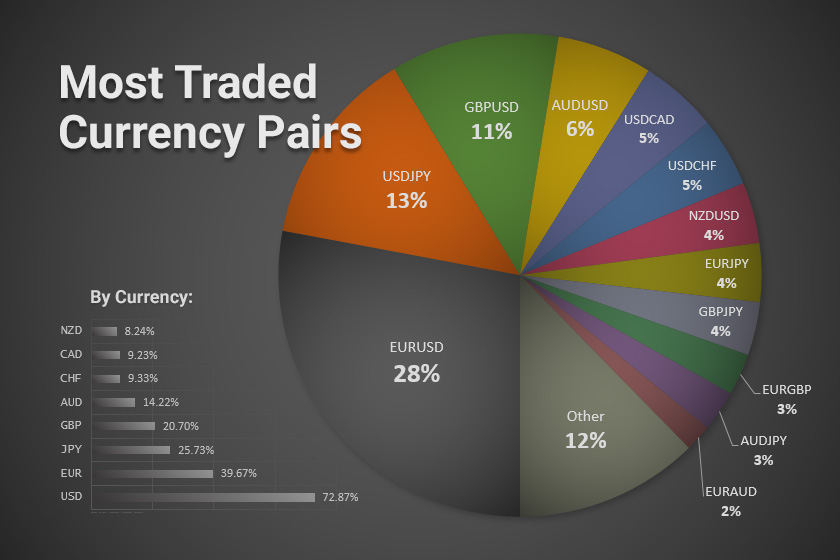US Paychecks. The third quarter brought faster-than-expected growth in total compensation for US workers, signaling ongoing momentum in the job market. The Employment Cost Index (ECI) rose by 1.1% in Q3, as reported by the Labor Department. This pace outperformed the 1% gain seen in the previous quarter.
Robust Wage Growth
Wage growth notably advanced at a healthy pace of 1.2% during the July-to-September period. This marks an acceleration from the previous quarter’s 1% rise, contributing to an overall increase in compensation. In contrast, benefits growth remained unchanged during the same timeframe.

Yearly Perspective
In a year-on-year comparison, wages and benefits exhibited a 4.3% growth in the third quarter. While this is slightly slower than the previous quarter’s annual gain of 4.5% and the first quarter’s 5% rate, the figures highlight the ongoing resilience of the US job market.
Fed’s Challenge
The persistent growth in compensation is a noteworthy development, especially against the backdrop of the highest interest rates in 22 years. This situation presents a potential challenge for the Federal Reserve in managing inflation. While wage growth may contribute to upward pressure on prices, economists remain divided on the extent to which increased worker pay is fueling inflation.
The Inflation vs. Wage Growth Dilemma
An analysis by job site ZipRecruiter showed that consumer prices increased faster than private-sector wages from Q1 2020 to Q3 2023. During this period, consumer prices rose by 18.2%, compared to compensation growth of 16%.
Impact on the US Labor Market
Pay gains are not uniform across industries. The ZipRecruiter analysis revealed that compensation growth for production workers reached 21.4%, surpassing consumer prices. However, pay growth for service workers remained lower at 15.2%.
These disparities in wage growth and the struggle to keep up with rising consumer prices have contributed to concerns among Americans about the economy, despite encouraging top-line statistics. As ZipRecruiter’s Chief Economist, Julia Pollak, noted, wage growth has often been slower than inflation, challenging the idea that wages are driving inflation.
The Federal Reserve’s Approach
While wage data is significant for the Federal Reserve’s policy decisions, the central bank considers it within a broader context. Chicago Fed President Austan Goolsbee emphasized that one must understand productivity to assess the impact of wage growth on inflation. Productivity can help offset inflationary pressures caused by higher wages.
Currently, worker productivity is increasing, aided by longer job tenures. As a result, productivity is expected to continue its expansion. The Labor Department will release Q3 productivity data later this week, offering more insight into the relationship between wage growth and inflation.
Despite concerns about rising compensation, the Fed continues to focus on productivity and inflation indicators when making policy decisions. Wage growth is seen as a lagging, rather than leading, indicator of inflation.
As the economy experiences changes, the Fed remains vigilant about managing inflation and ensuring a balance between wage growth and consumer prices.
Conclusion
The stronger-than-expected growth in compensation in Q3 reflects the US labor market’s resilience. However, concerns about the potential impact on inflation persist. Wage growth, coupled with strong productivity, can be essential in managing inflationary pressures. The relationship between wage growth, productivity, and inflation is a critical aspect of the Federal Reserve’s policy considerations.


